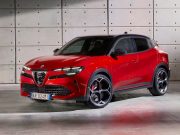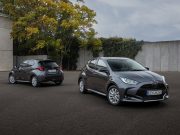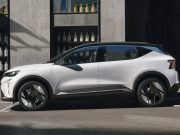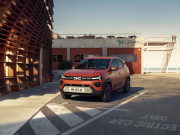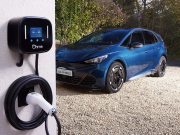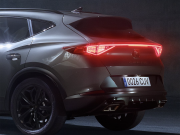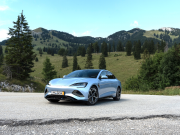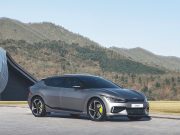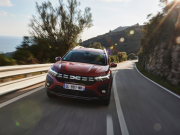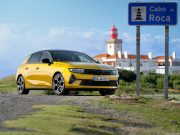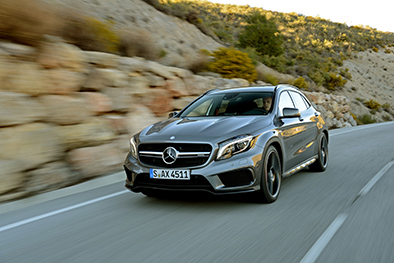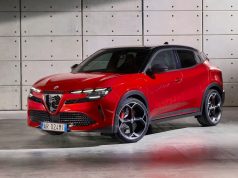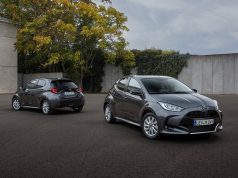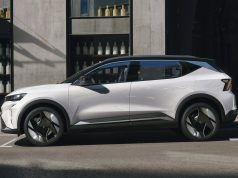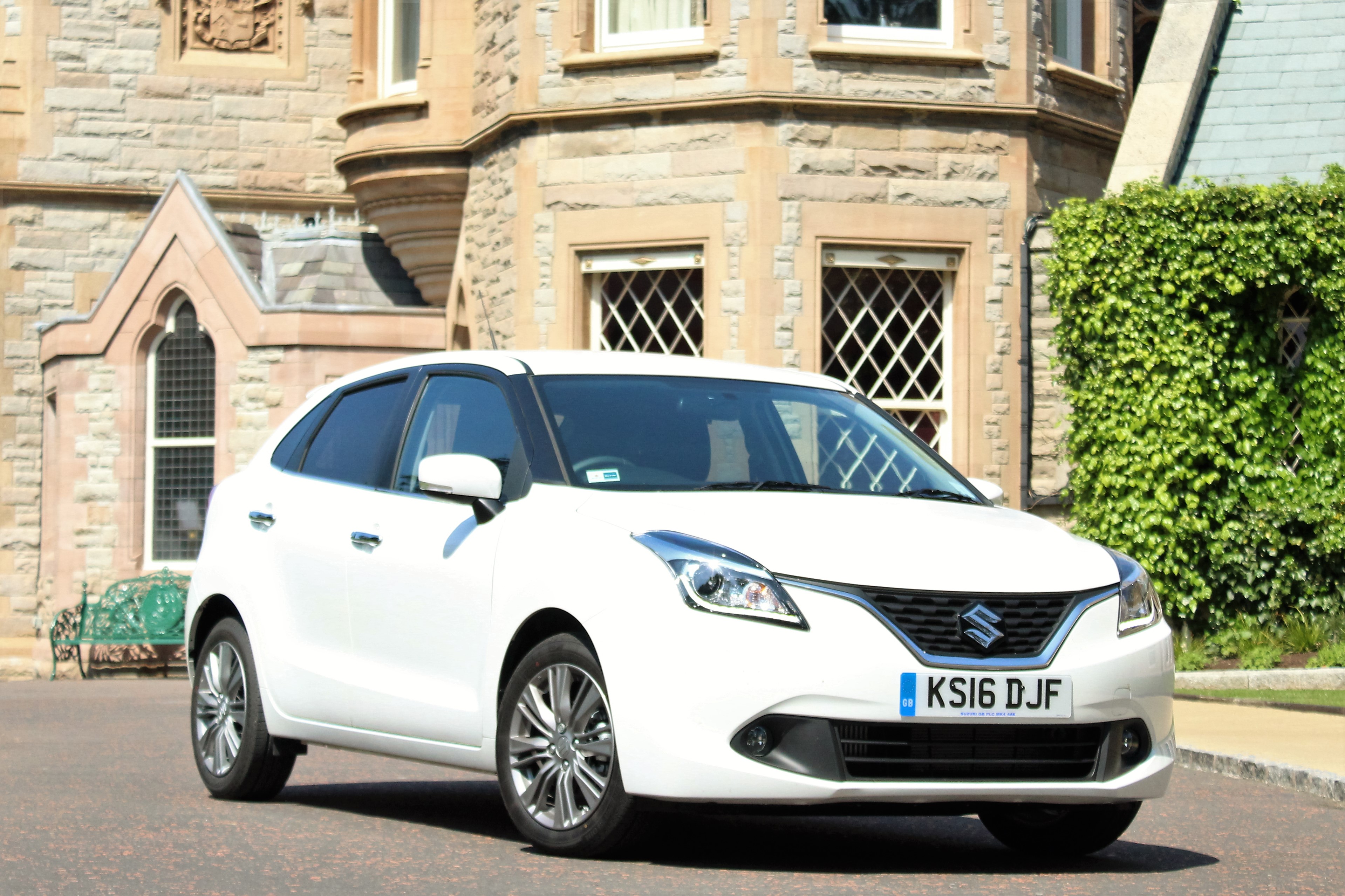
When you hear the words Boosterjet being mentioned, the last thing on your mind would be a small family car. It’s not just flashy words that will catch your attention when it comes to the new Suzuki Baleno though.
Having attended the launch of the new Suzuki Baleno back in May of this year I was actually looking forward to having the opportunity to have an extended period to put it through its paces. What catches your attention straight up is the fact that for a B segment car the new Suzuki Baleno hosts an abundance of space along with an impressive list of standard spec.
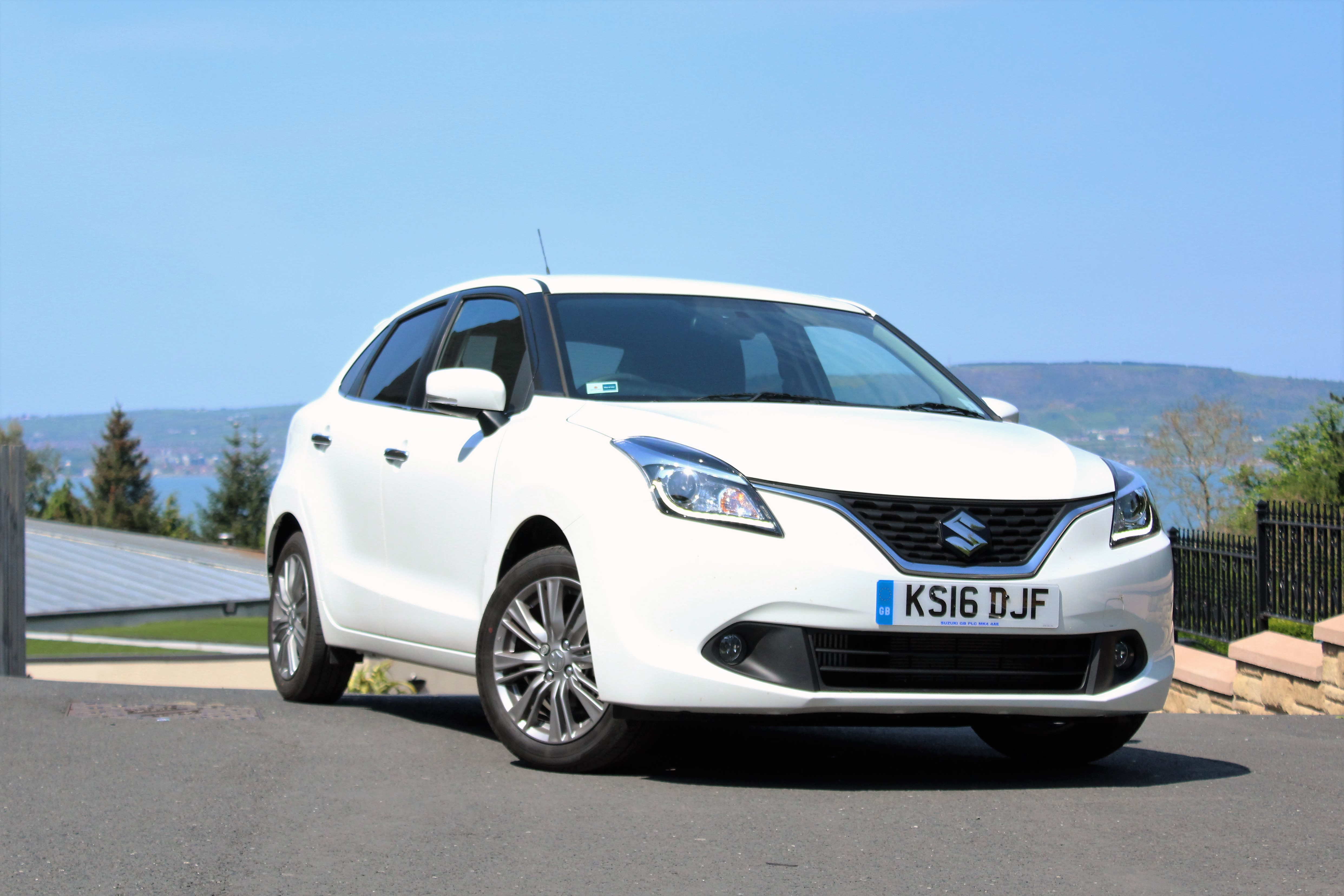
The Suzuki Baleno is available with two engine options. Firstly, is the 1.0 litre, three cylinder Boosterjet engine which delivers 110 bhp along with 170 Nm of torque that is available between 2,000 rpm and 3,500 rpm. This is available in 5 speed manual or 6 speed automatic transmissions. There is also a 1.2 litre mild hybrid engine which delivers almost 90 bhp along with 120 Nm of torque. Essentially the SHVS or mild hybrid components deliver additional power to the engine through an electrical generator during starting and acceleration as well as charging through regenerative breaking. My preferred option and the subject of this review is the 1.0 litre Boosterjet coupled with the 5 speed manual transmission.
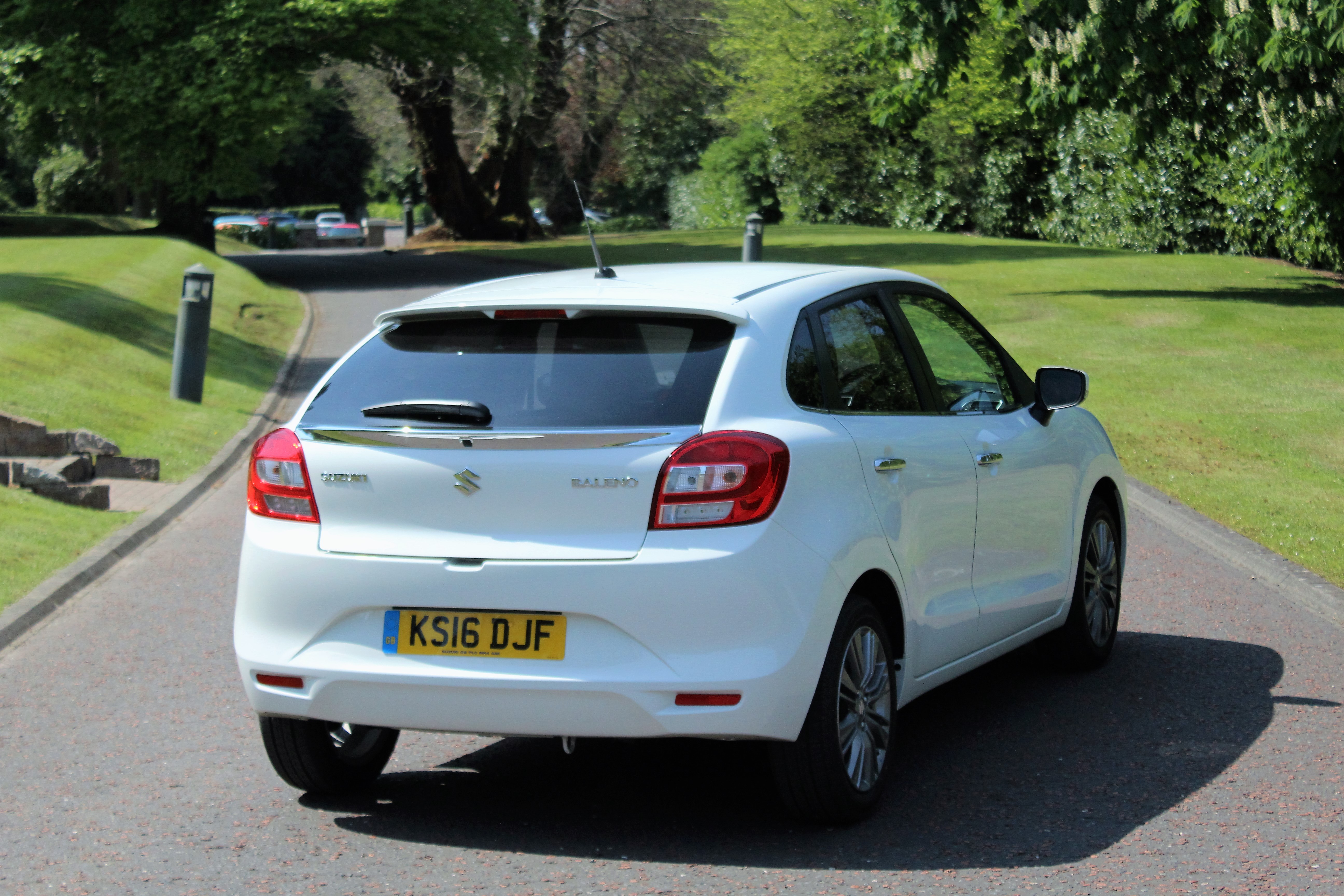
The Suzuki Baleno is available in two trim levels. The SZ-T trim which is available on the Boosterjet models offers six airbags, 16-inch alloy wheels, HID headlights, air conditioning, satellite navigation, DAB Radio with USB and Bluetooth connectivity, rear privacy glass and front electric windows all as standard. Step up to the SZ5 trim which is available on both Boosterjet and SHVS models and you will get the addition of automatic climate control, rear electric windows, 4.2 inch central colour trip display, LED rear lights, Adaptive Cruise Control and Radar Brake Support.
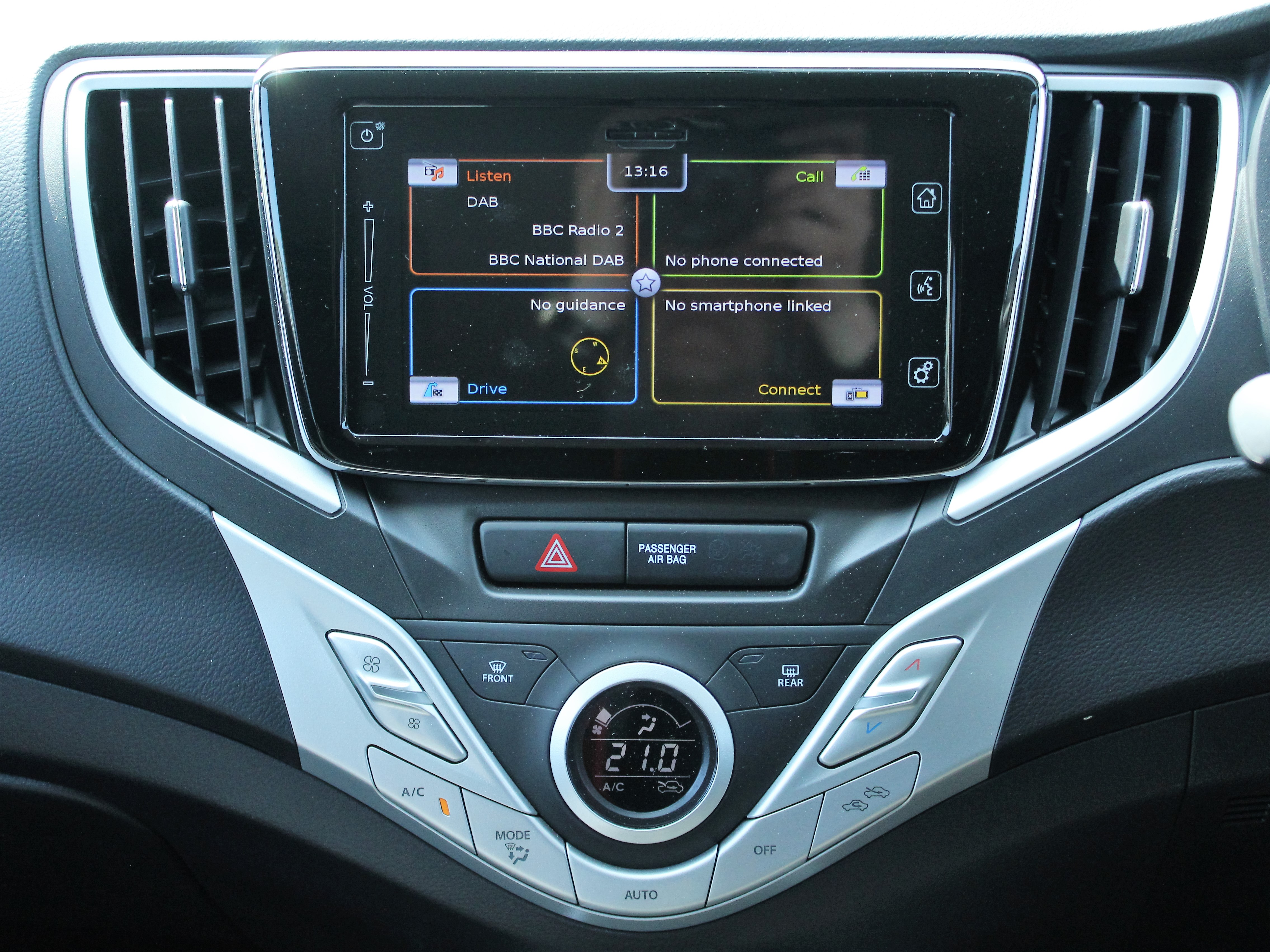
Sitting inside the new Baleno you will be welcomed by an abundance of space throughout the front and the rear. The 7-inch touchscreen makes it easy to navigate and you can readily access all of the necessary driving information and infotainment. It also hosts the colour reversing camera which is neatly located in the chrome trim positioned at the base of the rear windscreen. While the materials used throughout the interior feel durable they do seem to lack a certain level of finish. Given that this is one of only a couple of misgivings with the Baleno it is something which can be overlooked when you consider the drivability and space found in the Baleno. In the boot area space is also generous given the segment that the Baleno falls into. With the rear seats in place you get 320 litres up to the parcel shelf while this extends up to 1,085 litres with the rear seats folded down and items packed to the roof.
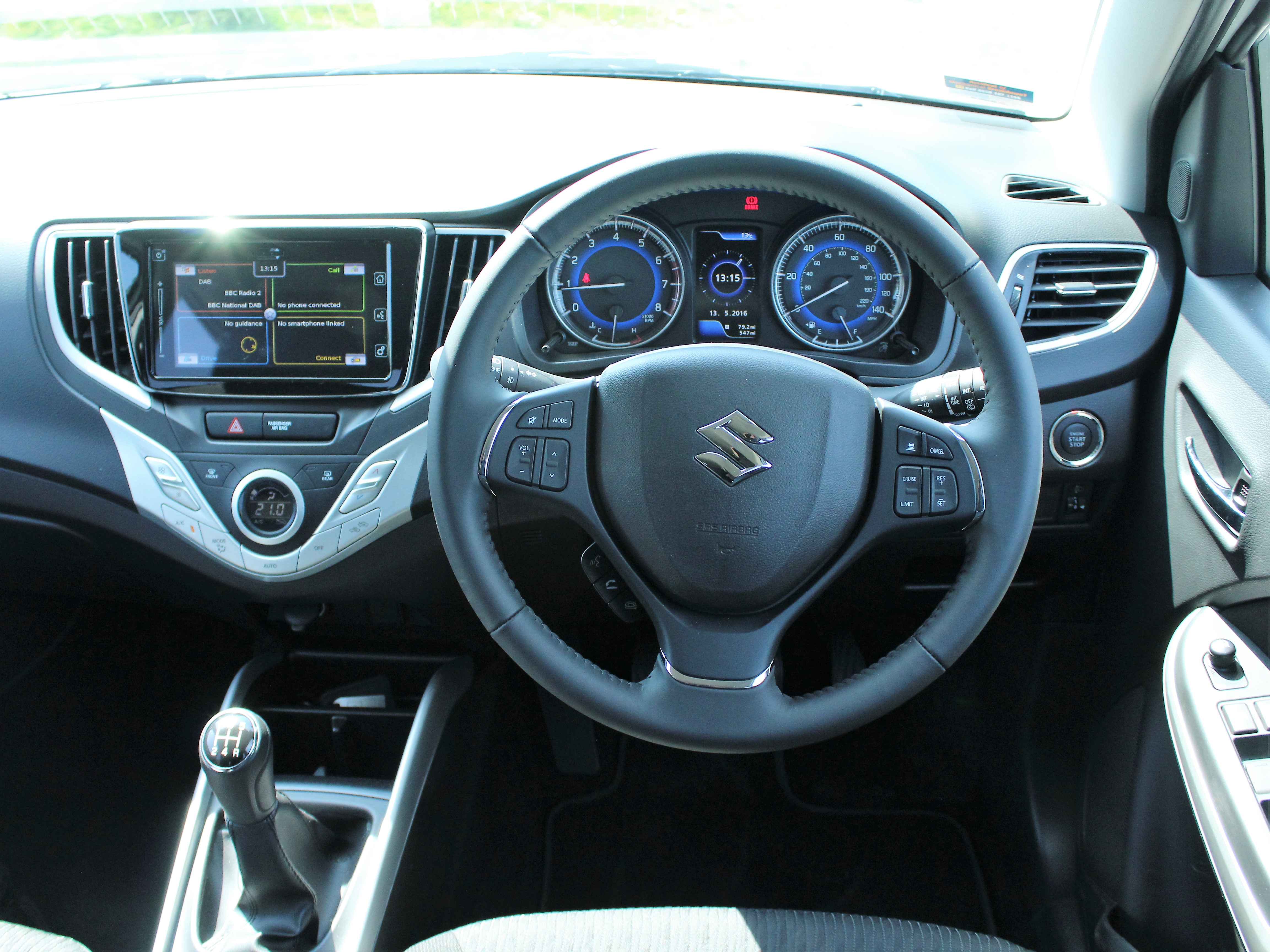
One of the most enjoyable things about the Baleno is the drivability of the 1.0 litre Boosterjet engine. For a three-cylinder engine it definitely packs quite a punch and it is claimed by Suzuki that it offers the same level of power and torque of a larger 1.8 litre naturally aspirated engine. Given the overall light weight of the Baleno the three-cylinder power plant is perfectly capable and sings quite an energetic tune. The Baleno is as at home in the city streets as it is on the open motorway. A slight downside on the open road is the road noise which is generated through the tyres.
While the suspension set up in the Baleno is slightly firm it does lend itself to being quite enjoyable on twisting country roads. Feedback from the steering is good and grip on corners is never a concern.
Overall the new Suzuki Baleno offers a great option in the B Segment line-up where it manages to compete with larger cars in the next segment up when it comes to space yet retaining a competitive pricing range.
Technical Specification
Engine Size – 1.0 litre three cylinder
Fuel Type – Petrol
Power – 110 bhp
Torque – 170 Nm
Acceleration (0 – 100km/h) – 11.4 seconds
Top Speed – 200 km/hour
Consumption (Combined) – 4.5 litres/ 100 kilometres
CO2 emissions – 105g / km
Road Tax – €190
Starting Price – €17,995 Model Tested – €19,495



